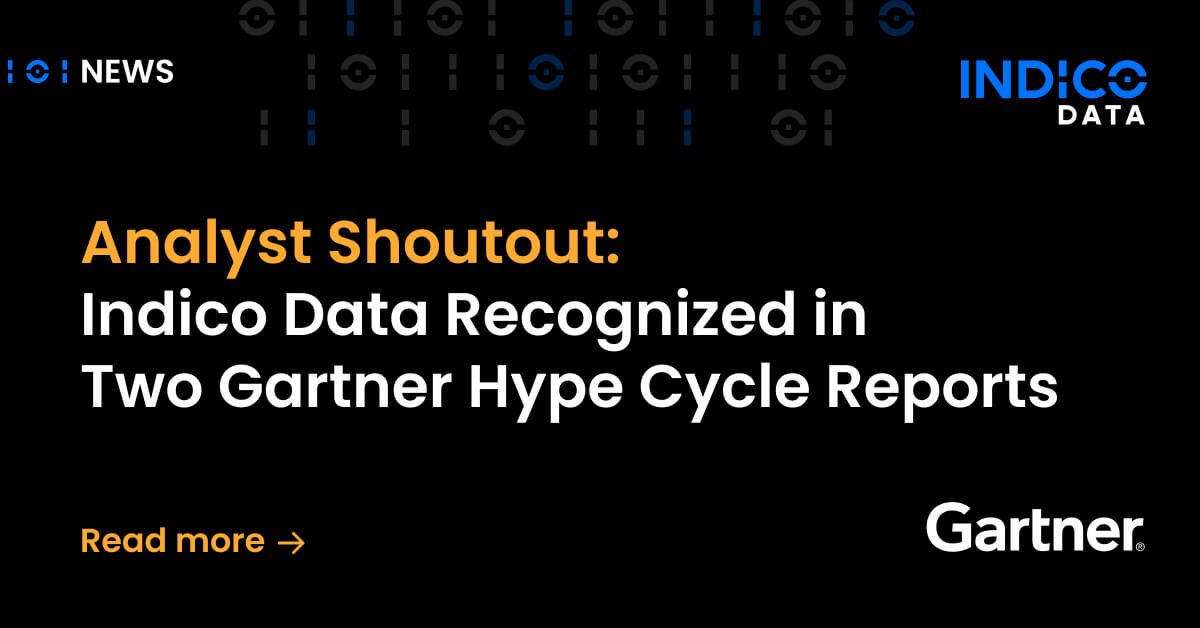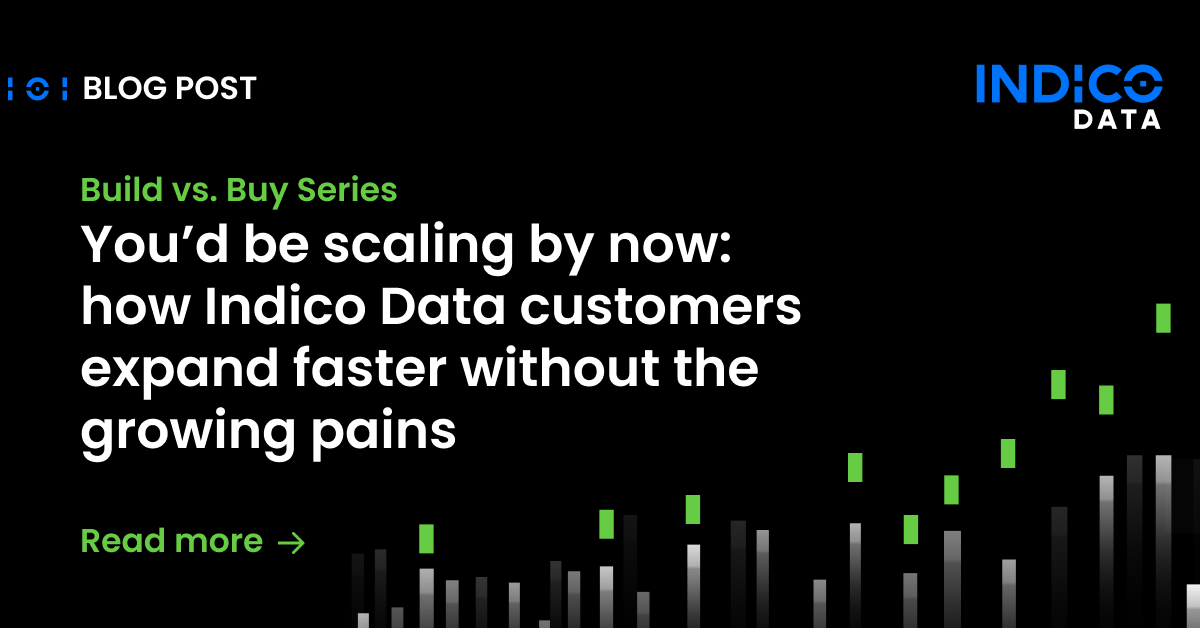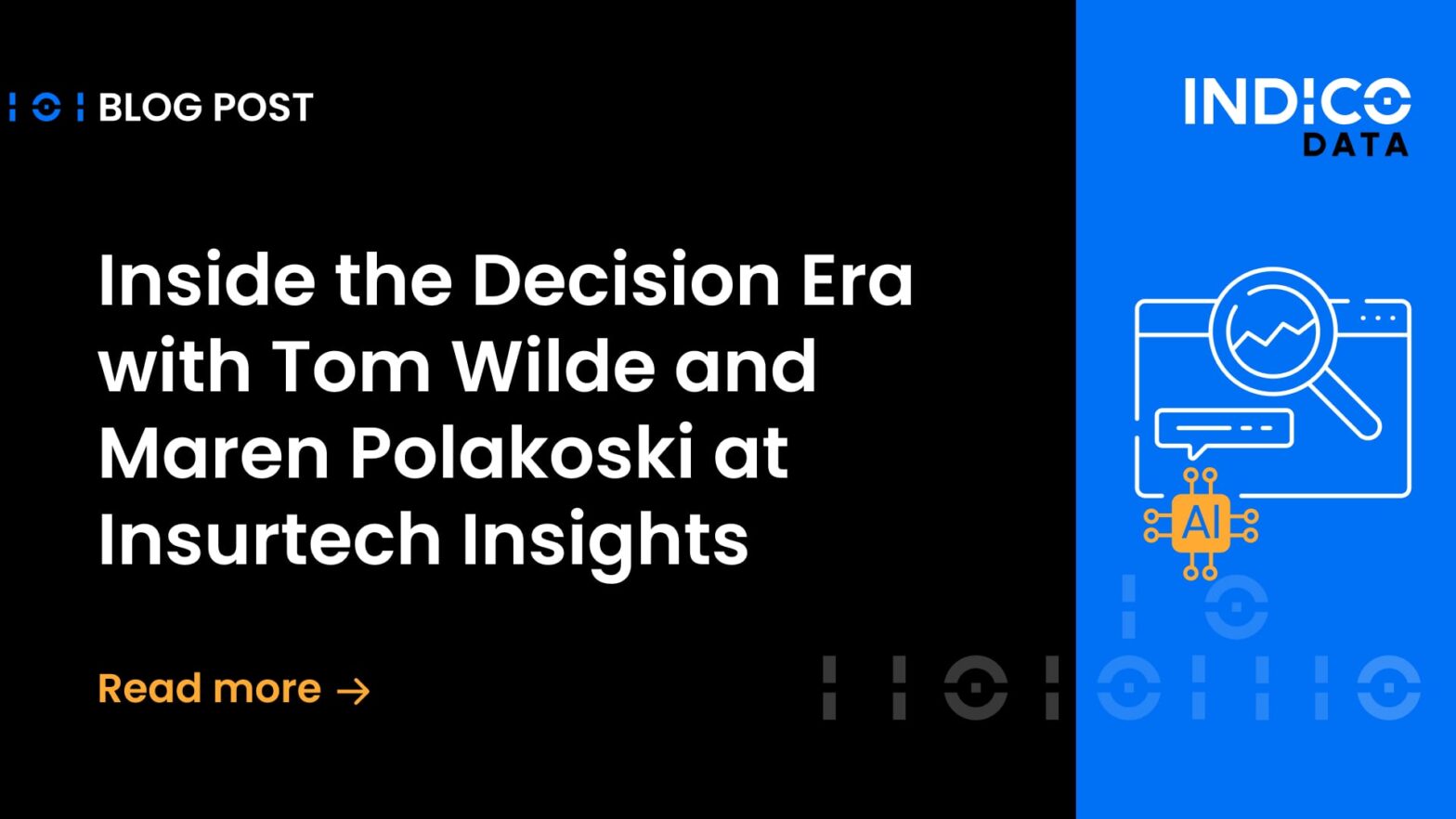When you really dig into the idea of automating the insurance submission process, even seemingly simple steps can become quite complex, making it difficult to achieve end-to-end automation. But you can still achieve significant productivity gains with intelligent intake solutions that automate parts of the process, leaving others for underwriting experts to handle.
It’s a classic case of not letting the perfect be the enemy of the good, and it came into sharp focus during a recent conversation with my Unstructured Unlocked podcast co-host Chris Wells, VP of R&D at Indico Data. The pain points insurance underwriters face, especially on the commercial side, were clear to me during my days in the insurance industry. While it’s unrealistic to expect technology to cure them all, that shouldn’t stop you from going after the gains technologies like Intelligent intake, a form of intelligent document processing.
Listen to the full podcast here: Unstructured Unlocked episode 15 – Why is insurance intake so challenging?
Plenty of insurance underwriting pain points
Part of the pain comes from the need for human judgment regarding the typical insurance underwriting submission. You may well be able to use robotic process automation (RPA) to go grab some data from a form, but that’s only half the battle.
You still have to take steps like ensuring you’ve got the right company name for the applicant. It sounds simple, but if it’s different from the one already in your database, it likely means a lookup with a third-party data vendor.
In both cases, you’re out of the realm of what RPA can reasonably do because the job requires more than simply a computer reading information; you have to apply reason and connect the dots.
Even data you may think of as structured, such as a spreadsheet, may prove overly complex in practice. Brokers, cover holders, and insurers can submit information, like property statements of value, insurance policy information, or claims information, in spreadsheets or in a bordereau, a structured document similar to a spreadsheet. Commercial insurance carriers, for example, can get submissions from different brokers, and they may receive information from them in different ways. This could mean they are sending in the same information under different column headers or even sending in the information on separate tabs. In that case, you’d need an RPA bot for each broker and would have to hope they don’t change anything month to month.
Accurately classifying a business is another issue. Applicants will typically submit an NAICS code that indicates their general classification, say a restaurant. But a restaurant with a full bar will have a different risk profile from a sandwich shop. An underwriter has to make sure all of the classification data is complete and accurate. Again, not something RPA is intended to do.
“The point is, it takes a lot of human gray matter to do this well,” as Wells said. That, of course, adds time. The knock-on effect, he correctly pointed out, is that you are not able to quote all the business that’s submitted to you, so your quote ratio suffers. Your loss ratio may also suffer because you’re never quite sure whether the business you’re leaving on the table is more profitable than what you’re writing.
Related content: From submissions to cost-justifying: Podcast covers the insurance process automation bases
Opportunity lies in complex insurance use cases
The good news is intelligent intake can help with some of the drudge work, especially for complex underwriting submissions. Intelligent intake solutions are based on artificial intelligence technology, allowing them to read even complex, unstructured documents like emails, attached PDFs, and bordereaus.
Intelligent intake can help you automate submission intake processes that involve reading, categorizing, and extracting data and converting it into a format that can be input to your underwriting system of choice. For complex submissions, that can be a huge lift.
Consider specialty insurance lines, where you collect lots of details and granular information. By their very nature, these products require the collection of unique, specific data points that can come from multiple sources.
You’re not going to automate underwriting end-to-end in such a case. But you can get incremental benefits from automating portions of the submission intake process, which effectively gives underwriters more time to spend analyzing the data in each submission – and making better decisions.
That gets to the nub of the argument, which is that automation in insurance underwriting is not an all-or-nothing proposition. Insurance companies deal with an ecosystem of numerous players and systems, and it often takes human hands to move things from one step to another. That’s not necessarily a bad thing – often, you want and need human eyes and judgment involved.
But there’s no question you can benefit from having intelligent intake solutions automate underwriting steps along the way, leaving your team more time to apply their expertise where it really matters.
To learn more, check out our full conversation, which went so fast that we didn’t have time to delve into the topic of automating insurance claims processing. Rest assured, we’ll cover that in a future episode.
Find the full episode transcript here.
Check out our full conversation on YouTube or on your favorite podcast platform, including:



